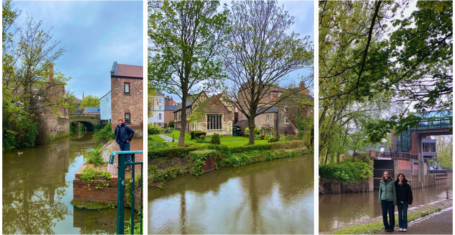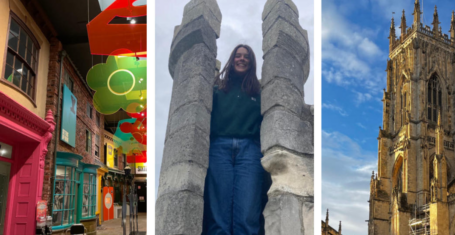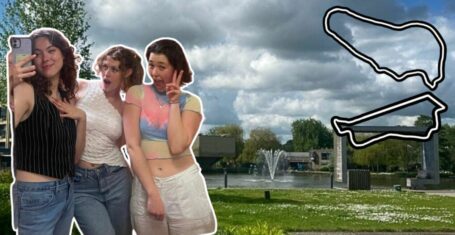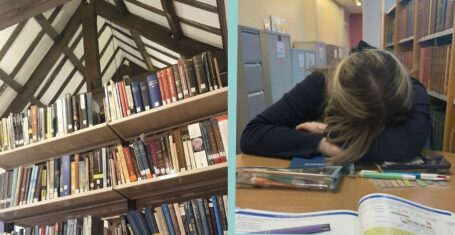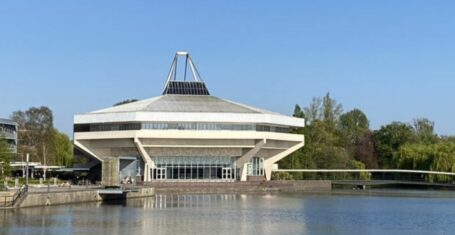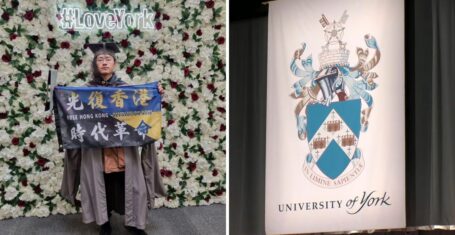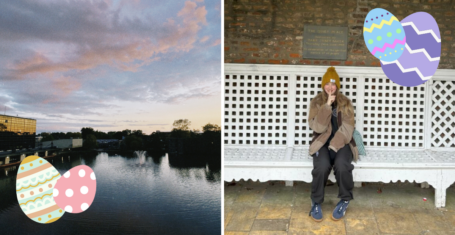
Pansexuality: ‘It was the definition I’d been searching for’
There’s more to it than just Miley Cyrus
York student Kate is a pansexual, a form of sexuality not based on appearance or gender, but on personality. But it carries a stigma even in the LGBT community.
Kate is part of a growing number of people who identify as pansexual. She defines this as “a form of sexuality where you love not based on appearance or gender”. For her, attraction is based on personality, there’s nothing else to it.
She says: “I can tell someone is attractive but at the same time I don’t feel any attraction to them.”
This all-inclusive sexuality can range from heterosexual relationships to a relationship with an inanimate object, “and everything in between”. There’s a lot of confusion surrounding the relatively unknown sexuality.
By definition, pansexuality means: “Not limited in sexual choice with regards to biological sex, gender, or gender identity”.
Kate admits she’s constantly asked the difference between pansexuality and bisexuality. She describes bisexuality as the blending of hetero and homosexuality, unlike pansexuality which includes all genders.
“Any of my partners could be transgender, transsexual, genderqueer, they could even be hermaphrodite. And of course, bisexuality can still have an element of physical attraction.”
Kate
Kate was first introduced to pansexuality through a genderqueer friend, who read about the term on the internet. “It was the definition I’d been searching for. It’s a wonderful relief to find something that finally defines you.”
She only regrets not knowing about it earlier, but understands that basing your sexual education on information from the internet requires some reservation.
Kate says: “Most of my sexual education has come from the internet. All I know about lesbian relationships has had to come from the internet, and the internet is wildly inaccurate.”
The pansexual flag
Kate believes all sexualities should have an equal status in sex education at school, to stop sexual confusion and allow people to find their identity at an earlier age, a potentially controversial view in light of the issue over the early sexualisation of children.
“By the time these kids find out about different gender identities, they’re at an age where heterosexuality has been established as the one true sexuality and everything else makes you a freak.”
Above all, she believes that sex education should highlight the “fluidity” of sexuality, that your sexuality can change over time, and the “spectrum of gender and sexual identities.”
The York student adds: “I’ve not told my parents that I’m pansexual because I think they would have a lot of trouble getting their heads around the concept.”
As someone with a hidden sexuality, Kate described her excitement to come to university and be part of the LGBTQ society. Surprisingly, this is where she has encountered the most stigma. There’s even confusion about pansexuality in the non-heterosexual community. They don’t even have a section for pansexuals on their website.
“At LGBTQ I’ve encountered accusations of actually being heterosexual but trying to make myself more interesting.”
After attending an introductory LGBTQ session she remembers, “I sat on the end of my bed and cried… I never thought the LGBTQ society could be so offensive and aggressive to someone.”
Pansexuality is being more widely recognised in the media, with many famous people identifying themselves as pansexual, such as Madonna, Lady GaGa, David Bowie, Freddie Mercury and Grace Jones to name a few. It even got airtime on Radio 4 Woman’s Hour.
In an age where Tinder and skin-deep assessments count the most, Pansexuality – despite a name that sounds like a Twitter hashtag – feels new and authentic. For that reason alone, it’s worth taking seriously.


